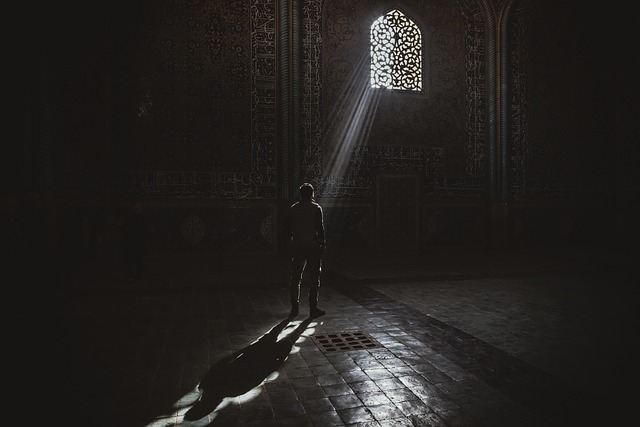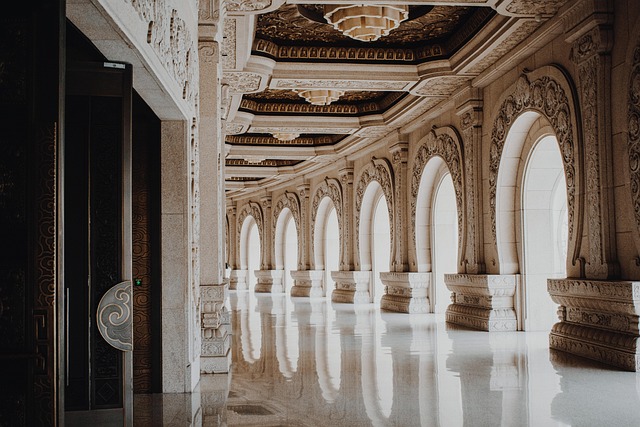Unlocking the Beauty Within: Mastering Interior Architectural Photography Through Your Lens
In a world filled with stunning spaces and captivating structures, interior architectural photography serves as the bridge between mere observation and sublime experience. When we step inside a beautifully designed room or an intricately crafted building, we often feel an unexplainable connection to the space. The play of light, the creativity of the architects, and the meticulous arrangement of furniture all come together to create a narrative that deserves to be captured.
This is where the art of photography transcends from a simple click of the camera to an expressive portrayal of architectural beauty. Your camera is not just a tool; it is an extension of your imagination, a medium through which you can frame stories about the environments we inhabit. Interior architectural photography becomes a deeply personal journey, one where every angle, shadow, and highlight conveys the emotions that the space evokes.
Choosing the Right Equipment
To embark on this creative adventure, selecting the right equipment is critical. While any camera can capture a moment, a DSLR or a mirrorless camera will allow you to harness the power of optics to produce stellar imagery. Invest in a wide-angle lens to encapsulate the entirety of a space, allowing viewers to immerse themselves in the environment. Also, consider a tilt-shift lens to correct perspective distortion, especially when shooting tall structures or intricate designs.
The Magic of Light
Natural light plays an indispensable role in interior architectural photography. The subtleties of daylight can alter the mood of a space, accentuating its features. Early mornings and late afternoons are ideal for shooting, as the soft golden hour light filters through windows and paints the walls with warm hues. Experiment with artificial lighting as well—strategically placed lamps or LED panels can enhance specific areas, creating focal points that guide the viewer’s eye through the frame.
Framing Your Shots
Composition is vital when capturing the essence of architectural design. Utilize the rule of thirds to create balance in your photographs, but don’t shy away from breaking the rules for a more striking effect. Look for leading lines, symmetry, and textures that can draw the eye into the frame. Remember that negative space can be just as important—it can provide breathing room around your subject and help convey the overall atmosphere of the interior.
Post-Processing Essentials
Once you’ve captured your images, the journey continues in the digital realm. Editing software can elevate your photographs to a professional standard. Adjusting exposure, contrast, and saturation can breathe life into your images, while cropping can refine your composition. Be cautious not to overdo it; the goal is to enhance the natural beauty of the space rather than alter its integrity.
Interior architectural photography is a celebration of design, creativity, and the stories we tell through the lens. By mastering your camera and understanding the interplay of light and space, you unlock the ability to capture not just a room, but an entire experience. With practice, patience, and a keen eye, you can transform your perspective on the world of architecture, revealing the beauty that lies within.




